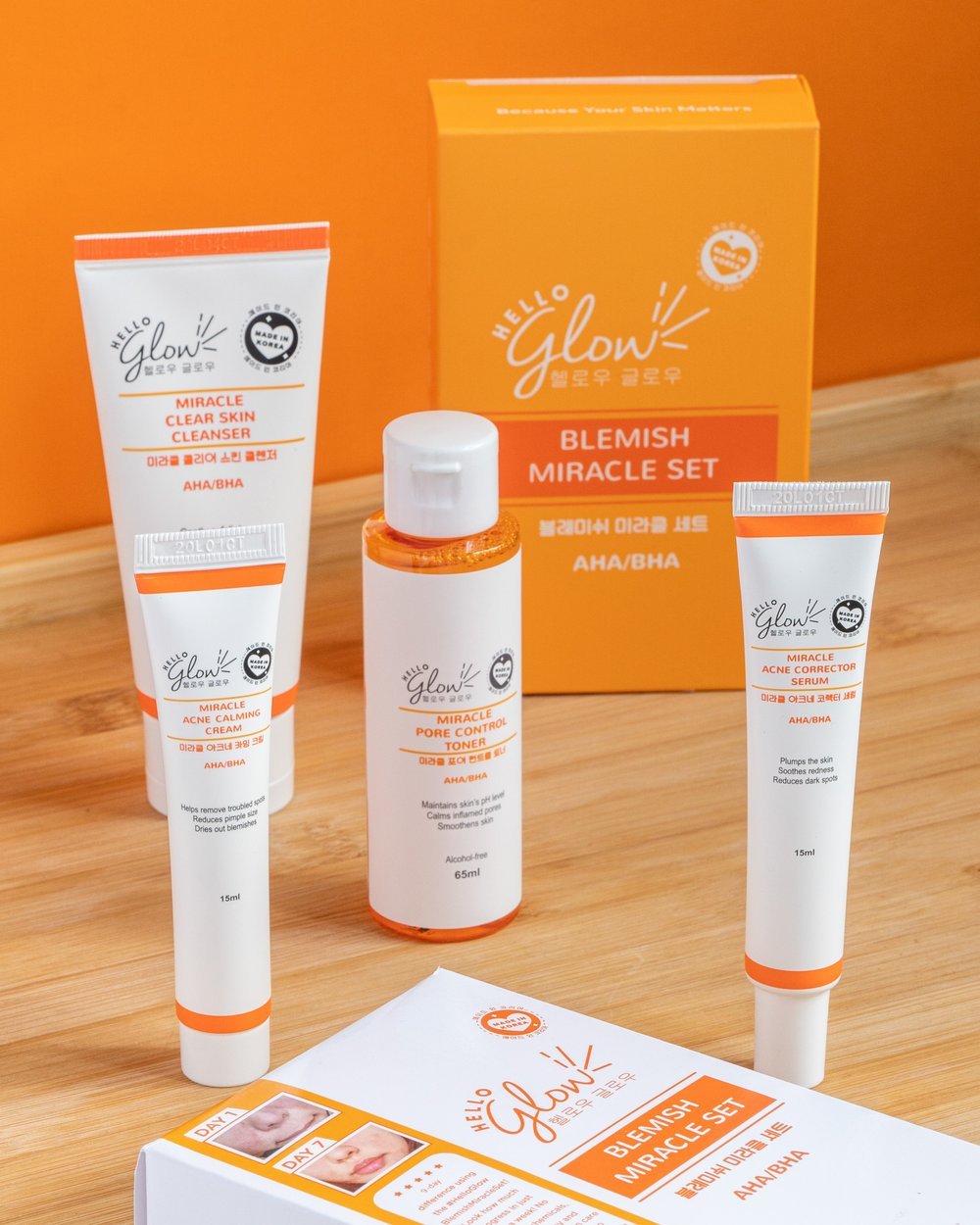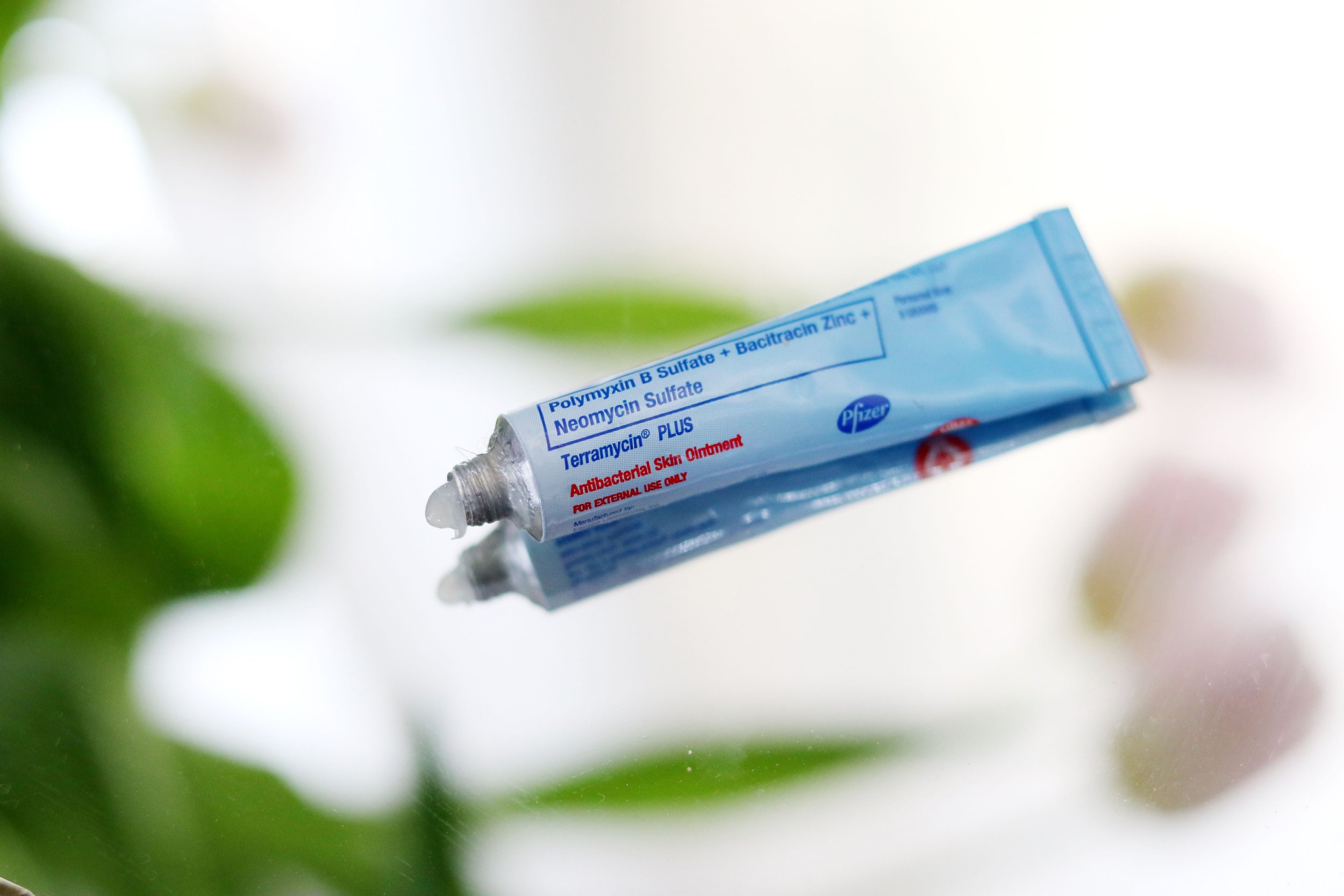Troubleshooting Your Skin: What to do to effectively get rid of blackheads
Yesterday, a member of the Project Vanity Community on Facebook desperately needed a solution for the blackheads on her nose. I know how frustrating it can be, especially when the pore strips and masks don’t seem to work. However it’s important to understand that there’s no instant cure to blackheads unless you plan to manually extract each and every one of them. EVEN THEN, they’ll come back after a few weeks. You have to play the long game here and to understand where they come from.
Our skin has pores, which secrete oil and sweat to regulate our body temperature and skin health. Blackheads form inside our pores when oil, dead skin, dirt, makeup, and other impurities from the outside world solidify and turn “black” on the surface when it oxidizes. Sometimes there’s no head; sometimes the clog is too deep inside the pores to be noticeable on the surface.
Blackheads happen because we’re alive; we walk, we exercise, we commute, we enjoy makeup, we shed our dead skin, you know, usual human stuff. But they may look worse on some people especially if they’re very oily, are consistently and directly exposed to pollution, and/or don’t cleanse their skin properly and follow an appropriate skincare routine. Sometimes it’s genetic (bigger pores = bigger blackheads) but there’s not much we can do about that. We can however do something about the other causes!
You can’t change the size of your pores and how oily you naturally are, but there are ways to manage unnaturally oily skin. One of the most important things you can do is use a cleanser with a low pH level. You want to maintain the natural acidity of your skin (which is pH 5.5) and not use harsh alkaline cleansers (anything above pH 7) that will cause your skin’s moisture barrier to break and then overcompensate with oil. Of course, if you wear makeup or water-resistant sunscreen, you’ll need to double cleanse by using an oil-based cleanser first to make sure your makeup doesn’t build up in your pores.
You also want to use the proper moisturizer; if you’re oily, gel moisturizers are always a good idea. They’re light and usually water-based, so you don’t add any unnecessarily heavy emollients to your skin.
For this I highly recommend from our list of low pH cleansers. I personally will die on a hill with the In Her Element Low pH Rose Gel Cleanser (P675/375 at inherelement.ph) because it has a pH of 5.5-6, and suds up beautifully for that clean yet not tight feeling. For moisturizers, I currently love the Clinique Moisture Surge gel moisturizer! Super light but enriching for the skin. You can also layer on toning essences - watery moisturizers which can serve as humectants - which we have a list of here.
The next important thing about face washing and moisturizing is exfoliation. I can write a book on exfoliation. This stuff MATTERS. Exfoliation can help you get rid of clogs effectively, and I’m not talking about pore strips ha. A pore strip may look like it works but it’s actually just a very temporary and surface solution to the blackhead problem. The results aren’t even to boot, and you risk damaging your skin with one bad pull. No, exfoliation has to be done in a gentle manner, over time. There are no short cuts.
I recommend both physical mano-a-mano exfoliation and chemical exfoliation. Chemical exfoliation uses some clever acids - Beta Hydroxy Acid like salicylic acid and Alpha Hydroxy Acids like glycolic, lactic, and mandelic acids (to name a few) to loosen up the clog. These can take anywhere from 2 to 6 weeks to work. These won’t just magically melt away the clog, ok, which is why it’s important to also use physical exfoliators.
Most of us are more familiar with physical exfoliators - remember St. Ive’s Apricot Scrub, our best friend in high school? This scrub has been vilified in recent years and was even the subject of a class action lawsuit, but that suit has actually already been thrown out because there was no solid proof of micro-tears being a real thing. STILL, I wouldn’t recommend it, because it can be hard to exfoliate properly with it without going overboard.
One way to consistently and gently exfoliate is to use a cleansing device like Foreo, or its more affordable lookalikes. I also personally love using mud masks because the mud is pretty effective in absorbing the junk inside my pores as they dry up. These two things are enough to shake out the smaller blackheads, but for those big ones remaining - the ones with the really solidified gunk inside the pores - I use my special tweezers (although normal tweezers should be ok) or my fingers to squeeze them out. I made a guide on how to do it. It’s gross, but it’s effective.
Another thing you can do to manually exfoliate blackheads or sebaceous filaments from your skin is to use the grit method. We wrote an exhaustive article here with a step-by-step guide, but basically it’s a clever way of using a BHA product, an oil cleanser, and a clay mask to remove the offending clogs.
Remember: you need to have a consistent skincare routine to get rid of your blackheads. There are no instant solutions, only a long-term strategy to keep your pores as clear as humanly possible. You don’t need to spend a lot of money. Patience is key, and before you know it, you’re relatively blackhead-free.














We've all been there: we wake up with a zit right before an important event. Whether it's a date, an outing, or a big presentation, a pimple can be a big downer. And with people still dealing with maskne, we're all trying to find quick solutions. I recently tried the complete Acnes line by Mentholatum and here's what I found.